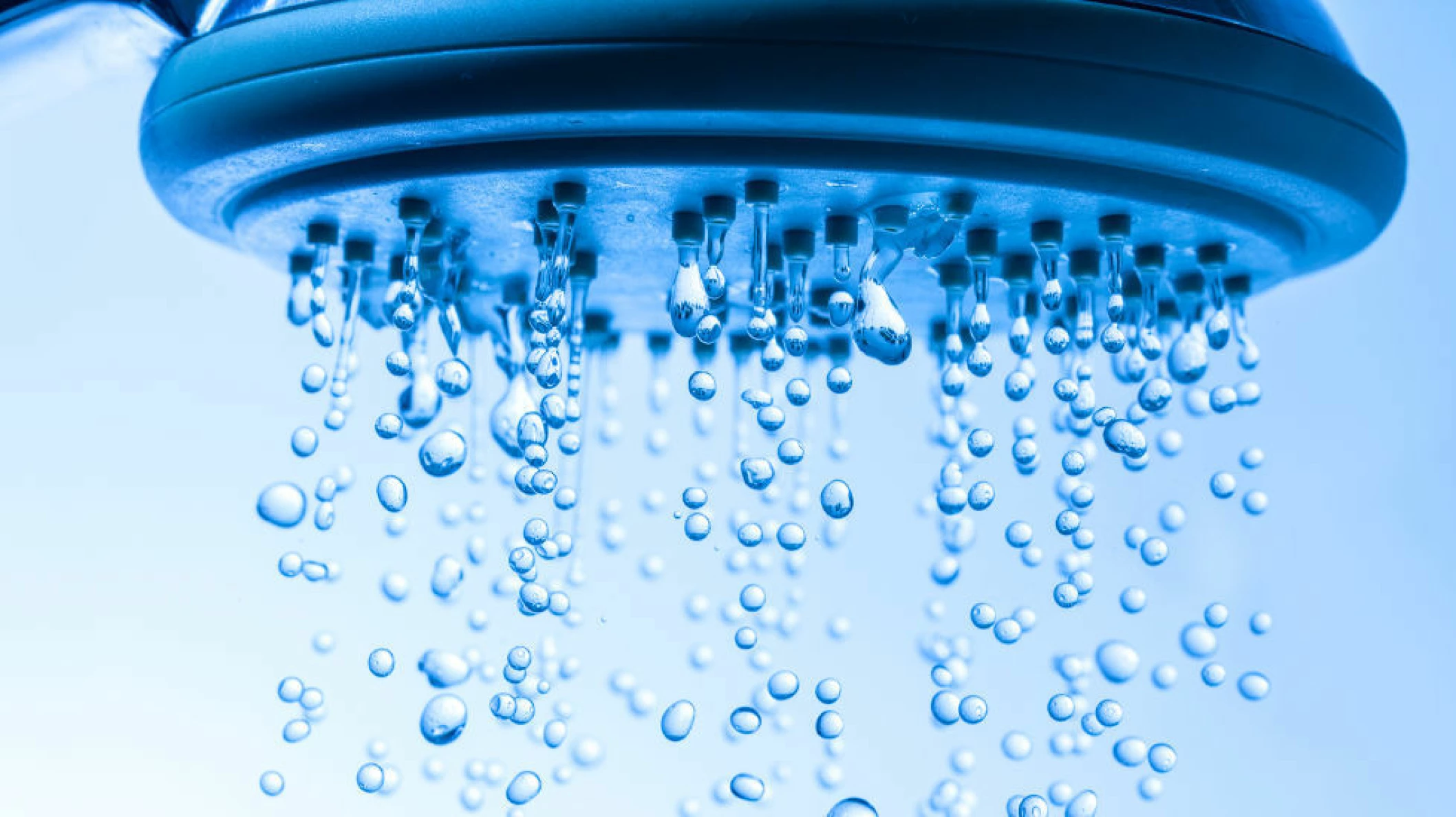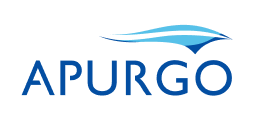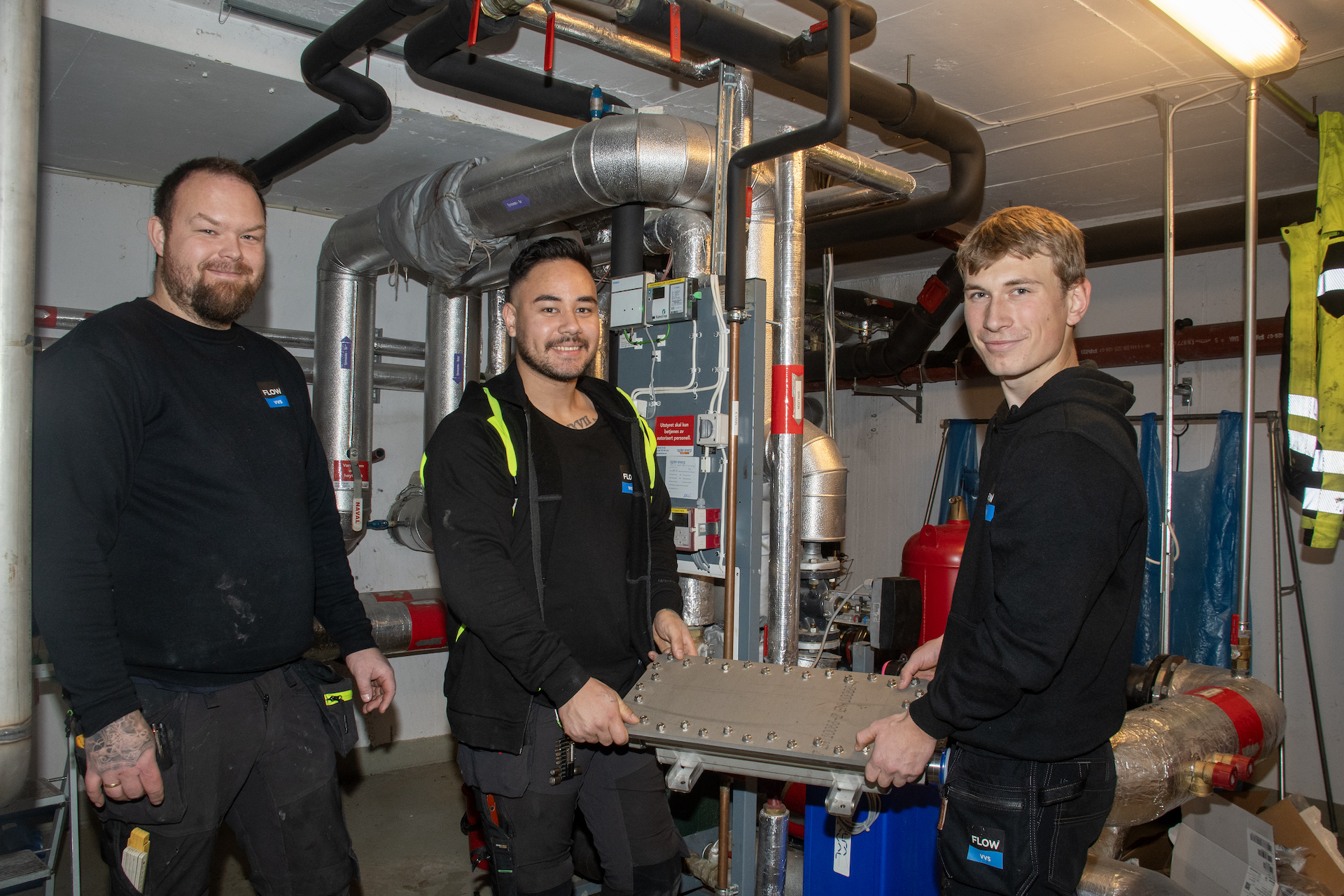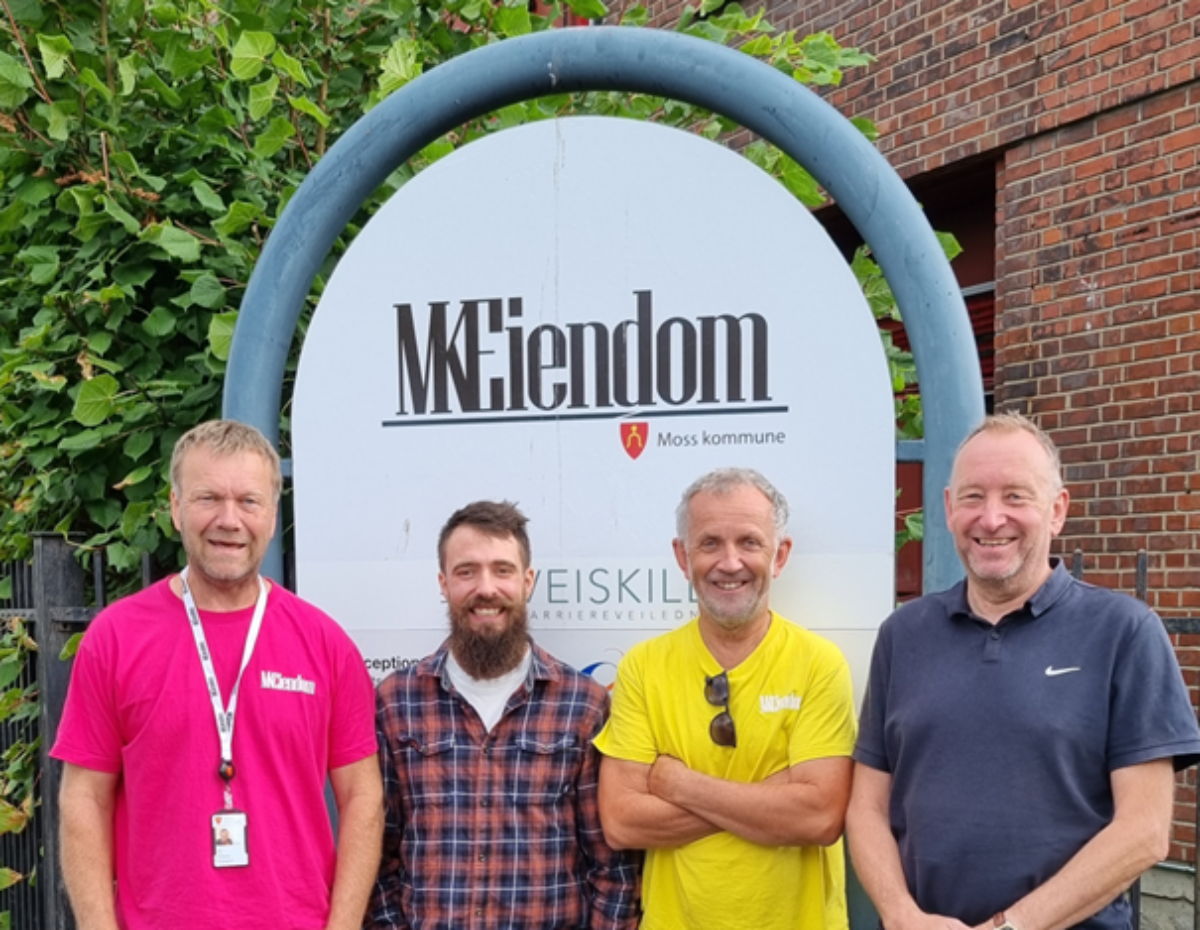
Summer closed buildings
Smart measures against legionella
Summer is just around the corner and many buildings will be more or less unused for several holiday weeks. It creates ideal growth conditions for legionella bacteria.
Unused buildings create ideal growth conditions for legionella bacteria in the internal cold and hot water network and thus increase the risk of someone falling ill after the summer holidays.
The question is whether you as the owner, manager or operator of a building have suitable measures to prevent Legionella or whether the measures taken are just a waste of time, water and energy?
This statement will perhaps provoke some, but the reality is often that the plumbing system is either not designed to get good results, or that many tasks are not carried out well enough to achieve the desired result.
The Institute of Public Health sets requirements for cleaning and disinfection
The Institute of Public Health writes in its Legionella guide (Water report 123, chapter 4.4.2, as well as chapter 7.6.2) that:
“All facilities found to be capable of spreading legionella infection must at least be cleaned and disinfected under the following circumstances:
- Immediately before the plant is put into operation for the first time
- If the facility has been out of use for more than a month
- If routine supervision and analyzes show that it is necessary
- If the facility or parts of it have been subject to significant changes, or have been opened for maintenance purposes in such a way that legionella could have been introduced into the facility
- During or after an outbreak or suspected outbreak of legionellosis (NB! But only after thorough sampling)”
This is one of the few places in the guide where the word “must” is used, but nevertheless this is one of the points that is carried out satisfactorily to a very small extent. The reality is that many people either do not follow this requirement, or that the execution is too poor, so that the desired effect is not achieved.
Many take measures – but do they work as intended?
Water Report 123 recommends in chapter 6.2 that ” the facility should be cleaned before disinfection to prevent coatings (biofilm) in pipes, tanks and other surfaces from reducing the effect of disinfection. »
Furthermore, it states that “Disinfection can be carried out using chemical disinfectants or shock heating. It is of fundamental importance that all parts of the plant are treated, not just the parts that are easily accessible».
– Think about what you do with the car, says Skiri: you wash it before polishing.
When it comes to internal water distribution networks, unfortunately, the experience is that most go straight to the “finish” with disinfection, and in addition with too poor a quality in the execution.
Hot water flushing – waste of water, energy and time?
Several have routines for hot water flushing of facilities, e.g. before school starts in August. But – the big question is whether this actually has any purpose, or whether it is just a waste of water, energy and the operating personnel’s time.
In practice, there are several factors that make it difficult to succeed with hot water flushing:
- The pipes are not cleaned beforehand. Thus, biofilm is still present after measures have been taken. This mucus layer has incredibly good insulating properties and most bacteria therefore survive the heat treatment.
- The hot water system often does not have enough capacity to deliver 70-80 °C to the entire pipe network during one flushing process. As a result, you end up either flushing with temperatures that are too low – or that the process has to be repeated over several days.
- The cold water network is rarely treated. If it is treated with hot water, there is a risk of leaks due to extensions of the wiring material.
- Some only rinse showers with hot water. As a result, there are zones of the building (other tapping points and blind pipes) that remain untreated.
Are shower heads and hoses actually cleaned and disinfected?
Since mixer taps do not enable hot water flushing in ordinary showers with shower heads and hoses, many people have their own routines for shower heads and hoses.
The Institute of Public Health recommends that “Shower heads in facilities where continuously effective control measures against legionella growth are not used should be dismantled, cleaned and then disinfected, for example with chlorine, at least quarterly. Where possible, the shower hoses should also be treated in the same way.» Water report 123, chapter 7.6.3 gives a description of how this can be done.
Carrying out this measure in a satisfactory manner can be very labour-intensive.
Shower heads and hoses must be brought in and they must be unscrewed so that the inside of the shower heads can first be cleaned to remove mud/coating. It must then be placed in chlorine. Here, it must be ensured that chlorine-containing water actually enters the shower heads and hoses. Afterwards, the equipment must be rinsed and flushed well to remove chlorine residues. Finally, it must be reassembled. In other words – a very resource-intensive process.
What does this cost in practice?
Scenario : A retirement home consisting of 70 housing units, 3 staff cloakrooms and a total of 73 showers. Assuming 15 minutes of working time per shower head and hose as well as quarterly completion in accordance with recommendation, this will take 73 hours a year. This is a very moderate estimate of time spent.
If you calculate NOK 350 an hour for an operations technician, this amounts to an annual cost of NOK 25,550. In addition, there is the use of chemicals (chlorine).
In a working day with many tasks and time pressure, it is often the case that this is done a little too easily, with the result that you do not get a thorough cleaning and disinfection.
Haukeland hospital is one of the few that has put this into a proper system ( https://www.ba.no/helse-bergen/haukeland-sykehus/medisin-og-helse/har-innfort-eget-dusjvaskerom-for-a -prevent-patients-getting-sick/s/5-8-869971 ). There, a separate cleaning room and computer system have been established to keep track and 170 hours per quarter are spent on cleaning shower equipment. This therefore amounts to a cost of 238,000 per year for this one building, if you only count the hours used.
What should be done with summer-closed buildings?
The Institute of Public Health recommends that little-used tap points be tapped weekly (short tapping with mixed water). For summer-closed buildings, this will involve all tap points. This is difficult when large parts of the operating and cleaning organization are on holiday.
This leaves you with the requirement for cleaning and disinfection of facilities that have been unused for more than 1 month. This should then be done as close as possible before the building is put into use again. 1-2 weeks after the measures, water samples should be taken to check the status.
If you are going to use hot water flushing and cleaning and disinfection of shower heads and hoses, you must first of all ensure good training for those involved, as well as the necessary arrangements, so that the measures are actually carried out so that they produce the desired effect.
If the measures cannot be implemented in a good way, there is no point in spending time on them. Alternative solutions must then be found.
The same applies if you have an older plumbing system that is probably overgrown with a lot of biofilm. Then one can instead consider a chemical cleaning and disinfection as a one-off measure this year, and then make an assessment of which long-term solutions should be chosen in the future.
– We at Apurgo have a lot of expertise in both risk assessment, water sampling, deviation management, chemical cleaning and continuous water treatment. We can assist if someone needs advice or practical assistance, concludes Skiri.



